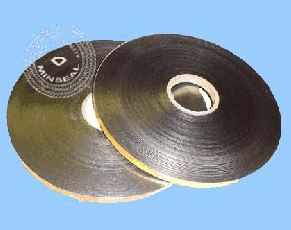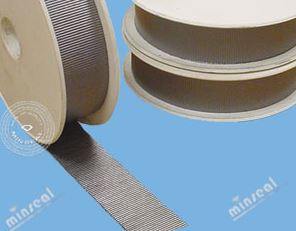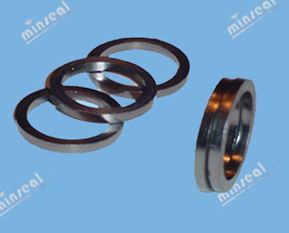Flexible Graphite and Plumbing – Two of Mankind’s Great Innovations?
Mankind’s history of innovation has an incredible list: the automobile, the airplane, the digital computer, the smartphone, to name a few. Let us not forget about some of mankind’s older inventions that have proven to be equally important: the wheel, vaccines, the printing press, and plumbing. Plumbing is not the first thing that comes to mind when asked to list mankind’s greatest inventions but imagine life without it. No bathrooms, no kitchens, no landscaping, no irrigation. If you stop to think about it, plumbing is without question one of the most groundbreaking advancements of mankind. But how does flexible graphite fit into this discussion?
Inventions Require Inventions
Behind every ground-breaking innovation there was a “catalyst”, a subtle discovery, which made the next big idea possible. In the late 18th century, the development of the internal combustion engine allowed for Karl Benz to invent the first combustion engine-driven automobile. In 1830s, English inventor Charles Babbage is credited with creating the first automatic digital computer, the “Analytical Engine”. Digital computers have evolved several times since. Logic in digital computers evolved from using relays to vacuum tubes, vacuum tubes to transistors, and transistors to integrated circuits. Now we are able to make integrated circuits even smaller than we did a decade ago, leading to more innovation (i.e. laptop computers, smartphones).
Plumbing’s Inventions and Sub-Inventions
Innovation in plumbing took place over much longer periods of time than the computer chip. Plumbing was invented by numerous ancient civilizations, Greek, Roman, Persian, Indian and Chinese, thousands of years ago. Rapid advancements in plumbing took place in ancient Rome, namely with the use of aqueducts. In the 1800s, as populations changed from being widely dispersed to densely populated, innovation in plumbing took off again. Lead pipe was used extensively to transport potable water during this time. Then, after World War II, lead poisoning was a major health dilemma, and the need to find a replacement for lead was necessary. Copper was used to replace lead piping.
Plumbing, like many other industries, has within it a countless number of advancements and innovations. Plumbing, which is the process of controlling the flow of fluids, is mainly comprised of pipes, fixtures, and drainage. As already mentioned, piping advancements were made when copper was used to replace lead. Now plastic is the predominant material used in residential plumbing due to its low cost and adaptability. But innovation in plumbing is not limited to pipe material. Pipes need to be connected and fluid tight seals need to be made, thus came one of the byproducts of plumbing, the gasket.
History of Gaskets
In the early to mid-1800s solid iron sulfate and rope were the first gasket materials. Vulcanization (the heating of rubber with sulfur) was used in 1850 to create a more heat tolerant rubber gasket. In 1899 asbestos was next innovation in gasket material. Asbestos was flexible and extremely heat tolerant, which made for a very effective gasket. But in the 1980s a link was found between asbestos and pulmonary disease. Today the material is no longer in use. But there are many other gasket materials in use today, such as paper, rubber, silicone, metal, cork, felt, neoprene, nitrile rubber, fiberglass, and plastic polymers.
Flexible Graphite and Gaskets
Flexible graphite has become a standard material for the fluid sealing and heat management industries of today. Its unique set of properties include being heat, fire, and chemically resistant; thermally and electrically conductive; and at the same time soft and malleable. Flexible graphite can be shaped into many forms:






Flexible graphite’s combination of resilience and versatility have allowed for it to be an ideal gasket material. Flexible graphite and gaskets make up only a small subset of the technology required to drive modern day plumbing but each component is necessary. Versatile, resilient, and safe materials are what all industries desire. Gaskets need to be versatile, resilient, and safe, and flexible graphite checks all the boxes.
